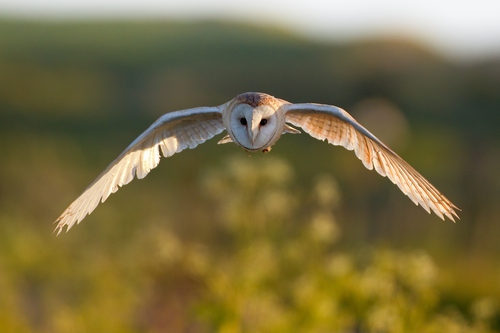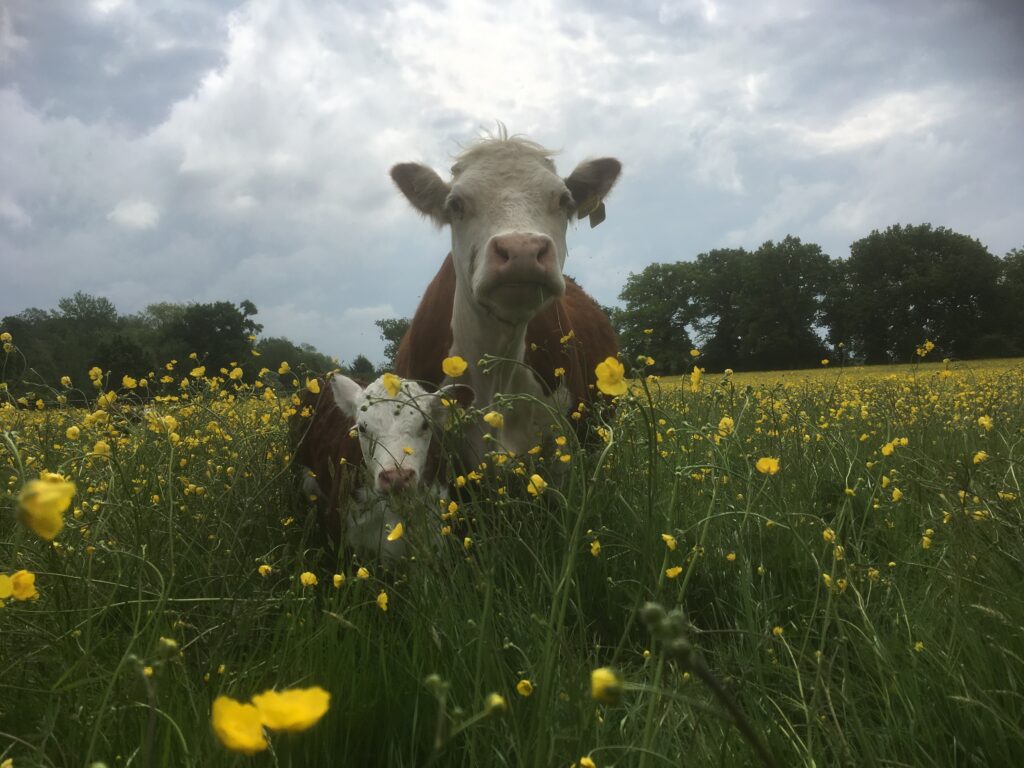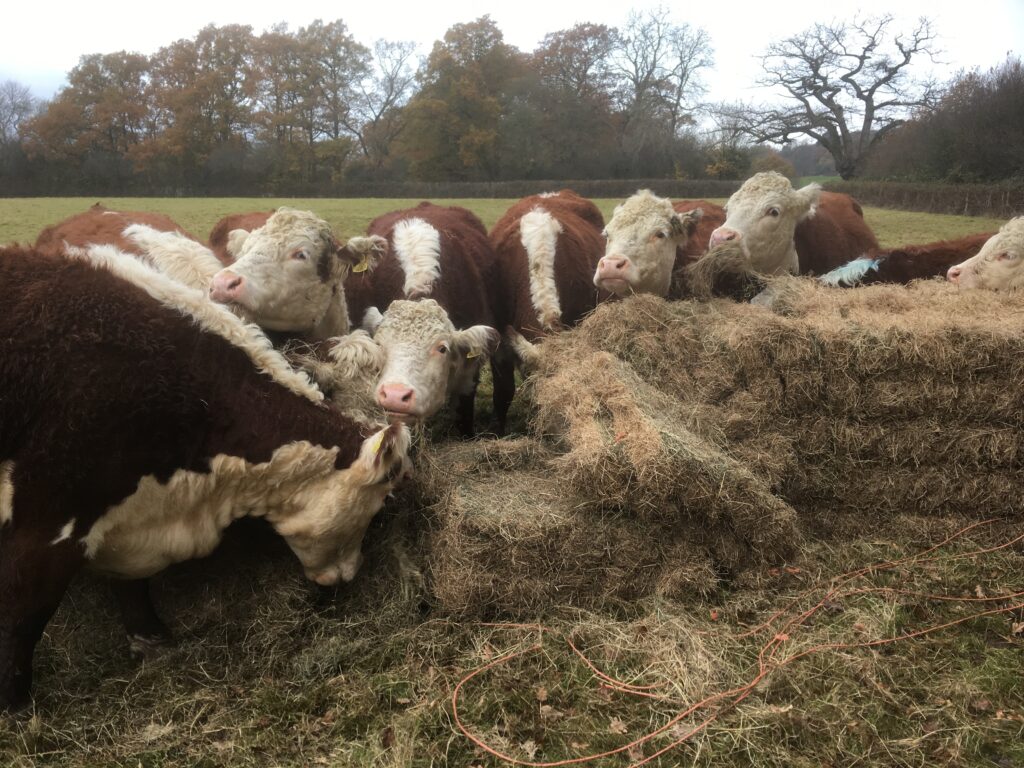Pasture Champions: Fidelity Weston and Romshed Farm 4/5
How the farm is to connected into the area beyond?
In the past I have been a trustee of Kent Wildlife Trust and a Meadow Ambassador under a Plantlife Magnificent Meadows Project.
This has meant we have got involved in projects in the wider community and one has been to get barn owls back into the area with volunteers building boxes and putting them up across the district.
Thirty boxes in about 30 square miles have been put up and we have six boxes on the farm. This year we were thrilled to have a successful breeding pair as we spotted a couple of youngsters taking their first clumsy flight along one of our hedgerows. We are hoping that our new rotational grazing will help to keep them around as we graze long grass and leave long periods of rest enabling the field voles a good habitat to breed and expand in numbers. These are the main food crop for the barn owl.
 Barn owl
Barn owl
We have hosted many meadow events and shared our seed with others. We are now hoping to spread this out further and having some seed back at Romshed from other sites.
Are there any benefits to the farm that are directly attributable to the Pasture for Life approach and/or would be lost if there were no ruminant animals on the farm? In brief, what are the benefits from having ruminant animals on the farm?
The Pasture for Life approach is absolutely key to our biodiversity. If we did not have grazing animals on this farm it would quickly revert to woodland, of which there is so much in the area and our species rich pastures would be lost, along with all the food and habitat for a range of fragile grassland species.
 Cow and calf in buttercups
Cow and calf in buttercups
Moreover, we have entered a new phase in our management and thinking and are now moving our animals regularly and feeding them with species rich hay outside over winter with huge consequences for the introduction of species to all parts of the farm. We can see the positive impact in such a short time.
 Winter bale grazing
Winter bale grazing
We have just entered a new Higher Tier CSS and are restoring another 5ha of species rich wildflower rich meadow. We have got electric fencing installed to fence off hedges and areas of woodlands, enabling the very important scrub to come back to the field margins but just as important putting in an infrastructure to the farm that will enable us to extend our rotational grazing so our cattle and sheep can quickly graze an area and move on. This keeps the land open and allows for grassland species to thrive but also gives the pasture time to recover, fully set seed if necessary and keep the biodiversity growing and enhancing.
For me, this is the most exciting prospect – that we have grown our understanding and knowledge so that adding to the biodiversity goes hand in hand with the profitability of the farm.
I just hope that under the new UK Agricultural policy that recognition is given to supporting the two key farming systems that have brought us to that point – those are Pasture for Life and Organic.



